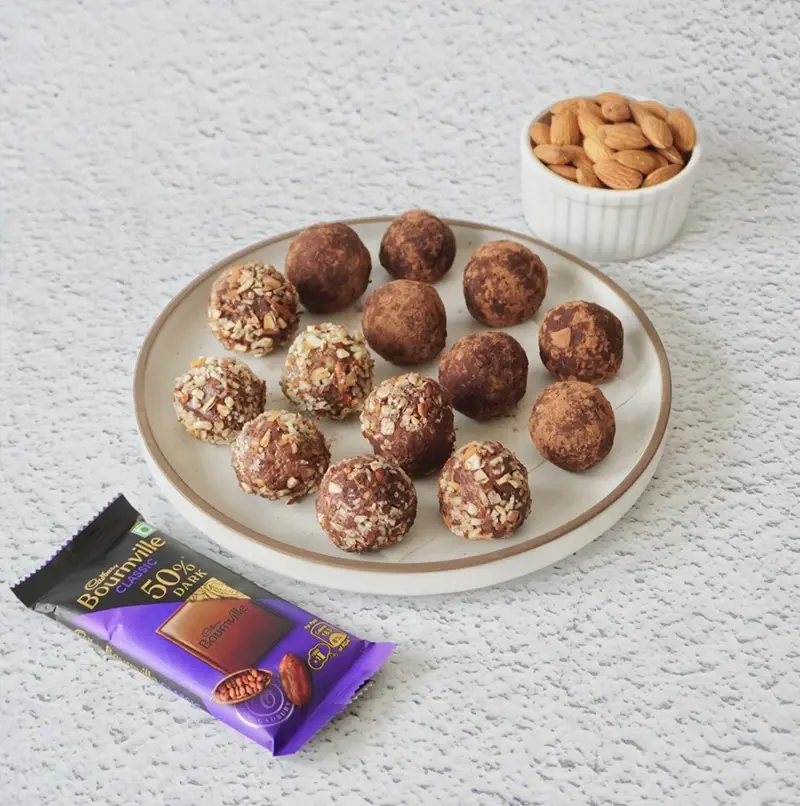When making a walnut caramel apple dump cake with Dairy Milk drizzle or any other dump cake, here’s how to prevent it from getting soggy.
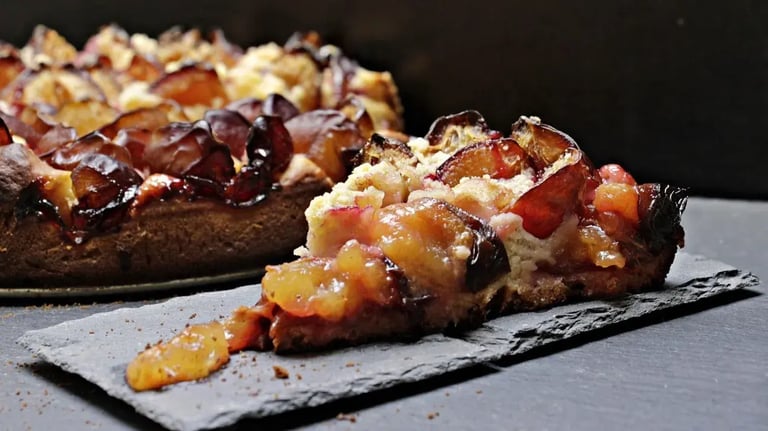
Dump cakes are beloved for their ease and comforting flavors. One of the most popular variations is the walnut caramel apple dump cake with Dairy Milk drizzle, which combines tender apples, crunchy walnuts, caramel sweetness, and a luscious chocolate finish. However, one common challenge with dump cakes, especially fruit based ones like this, is preventing the cake from turning soggy or overly wet. A soggy dump cake can be disappointing. The cake texture becomes mushy rather than light and fluffy, and the crust loses its appeal. Luckily, with a few mindful tips and techniques, you can achieve the perfect balance of a moist and tender fruit filling beneath a golden, crisp, buttery cake crust.
The fruit
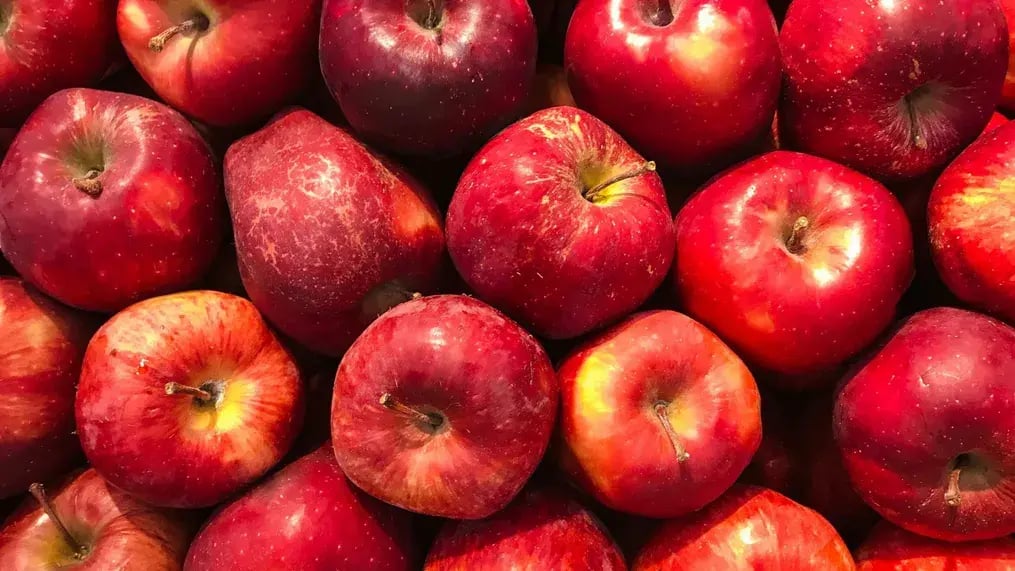
The type of fruit you use has a major impact on the moisture content of your dump cake. For instance, apples, which are popular in dump cakes, vary in juiciness depending on the variety. Some apples are very juicy and release more liquid during baking, increasing sogginess. To reduce excess moisture, opt for firmer, less juicy apples such as Granny Smith or Fuji. These apples hold their shape well and release less juice during baking, resulting in a less soggy cake base. If using canned fruit or pie filling, select varieties that are well drained or have reduced syrup content. Excess syrup can add unwanted liquid, soaking into the cake layers.
Pre-cooking
One of the easiest ways to control moisture is to pre-cook your fruit filling or at least drain it before assembling the cake. For example, you can saute the sliced apples with butter, sugar, and spices over medium heat for a few minutes until the fruit softens and some of the natural juices evaporate. This step reduces excess moisture in the final dessert. If you’re using canned fruit or pie filling, drain it thoroughly before dumping it into the pan. This step ensures you’re not adding extra syrup or juice that could weigh down the cake and make it soggy.
The cake mix
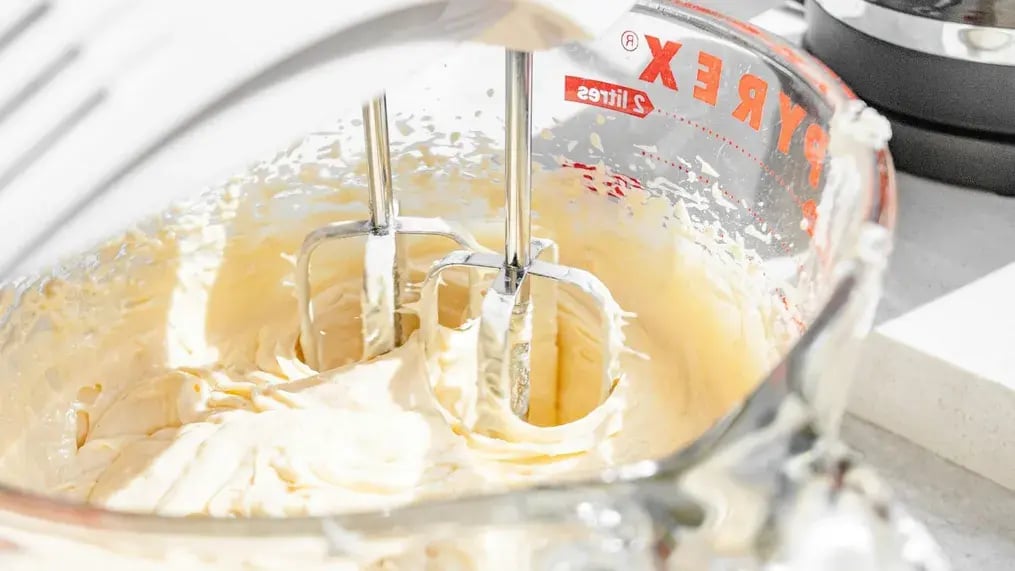
The cake mix you choose can affect how much moisture it absorbs during baking. A dry, dense yellow cake mix typically absorbs liquid better than lighter mixes like angel food or sponge cake mixes, which might remain soggy on the bottom. A standard yellow cake mix is ideal because it creates a sturdy crust that can soak up the fruit juices without becoming mushy.
The butter
Pouring melted butter evenly over the dry cake mix is essential to prevent sogginess. The butter cooks the cake mix and forms the top crust, but if it pools unevenly, some sections may get saturated while others remain dry. Use a spoon or small ladle to drizzle the butter slowly and evenly across the surface. Avoid pouring all the butter in one spot. This technique promotes uniform baking and crispiness.
The crunch
Adding a thin layer of chopped nuts, such as walnuts or pecans, or even graham cracker crumbs or crushed cookies, directly on top of the fruit can act as a moisture barrier. This layer soaks up some of the fruit juices and prevents them from saturating the cake mix too quickly.
Not overmixing
Dump cakes are meant to be layered without stirring. Mixing the cake mix into the fruit or butter layers prematurely introduces more moisture and can lead to a soggier final texture. Once you’ve layered the fruit, sprinkled the cake mix, and drizzled the butter, avoid stirring everything together. The separate layers bake simultaneously, resulting in a crisp top and a moist but not mushy fruit base.
The baking

Baking temperature and placement matter. Bake your dump cake on the middle rack of your oven to allow even heat circulation. Too close to the bottom or top can cause uneven baking, giving it either an overcooked bottom or undercooked top. Also, baking at a steady 350°F or 175°C usually provides the right balance. Baking at a higher temperature risks burning the edges before the center is cooked, and a lower temperature can produce a soggy texture by not evaporating enough moisture.
The rest
Once your cake is out of the oven, it’s tempting to dig right in. But letting the cake cool and rest for about 20 minutes allows the fruit juices to thicken and redistribute. This resting period prevents the cake from seeming overly wet and helps the layers settle. If you try to serve immediately, the juices might be too runny, causing sogginess.
Like This Article?
More Like This
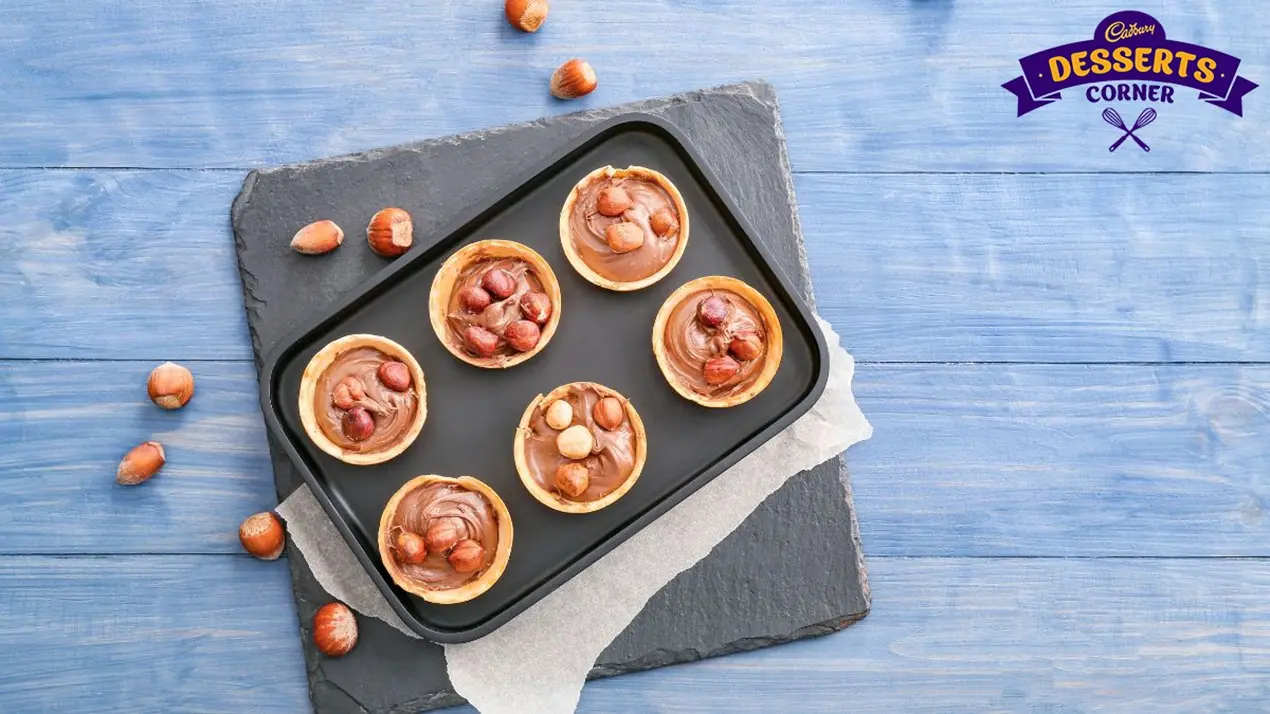



Popular Articles





Trending Web Stories
Curated Recipes


